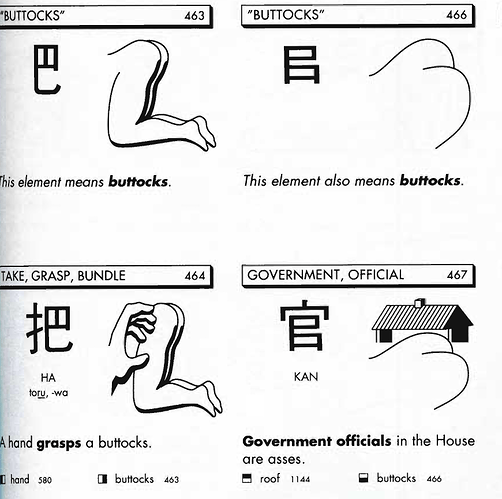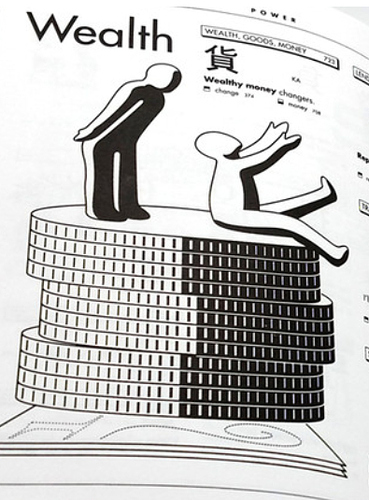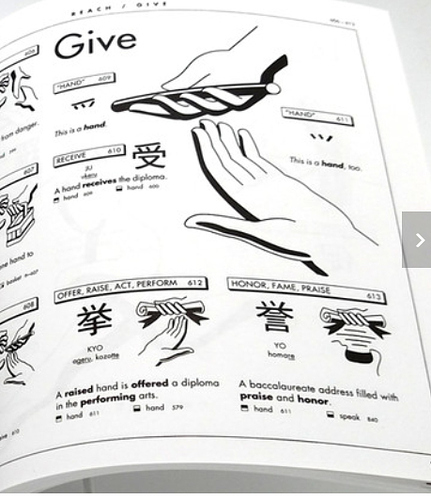Yeah, Heisig is the author’s name. RTK is the method, and it stands for “Remembering the Kanji,” an actual book that was published (but now it’s all over the web). The top meanings on Jisho for the Kanji almost always come from RTK.
I call it Heisig’s Method to recognise the author but RTK is compelling. I can save a few letters xD
Oh wow, it seems like “sub-” is in fact used “Asia” sometimes. My guess would be that 東亜 comes from 東アジア, and it just eventually got shortened, the “sub-” Kanji was applied (in the way that KanjiDamage mentions it), and then 東 took the Onyomi reading. But I could be wrong on that. As far as I knew, though, 亜 only got associated with Asia because someone thought it looked like it sounded like an “a” and used it to write Asia xD
I do not play with etymology yet. But the rule of thumps seems to be that although in Chinese one character tends to have one meaning, in Japanese it very seldom true. Meaning change over time and they keep reimporting the same kanji over over with new - often wrongly understood - meaning.
Edit:
That’s where Heisig got it wrong: it is pointless to assign one meaning.
We’re in agreement. I don’t need to worry about etymology before I can even comfortably read Harry Potter. Just seems like putting on academic airs while I’m still a toddler in the language.
And I’ll disagree with “it’s pointless to assign one meaning.” I think this is one of the strengths of the method. The goal behind RTK is to get you to have something to hook onto so you can acquire it more quickly when you encounter it for real. If there were 2 (or worse, 3 or more) meanings for various Kanji, it would make memorization take longer and needlessly delay the process. Besides, even the meanings that are “correct” should eventually fade as you immerse more. It’s purpose is just to make acquiring the initial few words with that Kanji easier. But we should not get on a debate on RTK, the superior method (aside from maybe just immersing the way you are doing it).
EDIT: Just to be clear, I’m being tongue-in-cheek with my remarks about RTK being “superior.” There are several legitimate criticisms against Kanji learning in isolation. Just do what makes you happy.
Please don’t stop yourself and voice your opinions without worrying about me crying. I am an adult and I know how to provide myself with tissues  Just 2-3 day ago I was proven I am too stupid to use Anki and I am glad I was. So two thing only can happen: I will be proven wrong and correct myself which is great, or - the worst case scenario - we agree to disagree with wider view.
Just 2-3 day ago I was proven I am too stupid to use Anki and I am glad I was. So two thing only can happen: I will be proven wrong and correct myself which is great, or - the worst case scenario - we agree to disagree with wider view.
I will write you a proper reply tomorrow since it is getting late over here. Please open new thread about it and we can debate about Heisig and other ways to learn kanji. 
I feel bad for taking up parts of this thread on Kanji learning methodology, so to make up for it, here’s another on-topic reply:
A very very very non-PC, messed up combination of kanji:
未亡人
未 - “not yet”
亡 - “dead”
人 - “person”
Guess what it means? Yup, you got it, it’s “widow”!
Yeah, you got that wrong. 東亜 come first from Chinese. アジア is borrowed from English which in turn was borrowed probably from Chinese. 亜 is the sound component (声), 心 is the meaning component (形) of 悪- a 形声 kanji.
I’ll take your word for it, thanks for correcting me 
Japanese people do indeed know women well:
要 - need
It does look like woman examining that there is not enough cloths in her wardrobe, isn’t it? xD
The upper part actually symbolizes the uterus which is something our race needs indeed…
So what you are saying is that they think of us (especially Spain people) as pussies? 0_o

Btw: you look very knowledgeable on the matter. Will you share with us the ones that made you laugh? The reason does not have to be etymologically correct (I would be shocked if there would be any dictionary listing 覀 as wardrobe).
Originally the upper part was a different symbol with 2 more hands around the uterus (the giving birth scene) before simplified into that.
And 西 is associated with Spain purely for the S at the beginning because Chinese transliterated it into 西班牙 (si-pan-ya).
It’s not some special knowledge. I have had Outlier etymology dictionary for Chinese for a few year now and recently I got Alex Adler’s dictionary for Japanese as well. Both are electronic so looking up is easy. Alex Adler’s dictionary is really good, there’s a separate index for characters with the same sounds like 効 校 絞 郊 (kou) and then you can look up each of them to see how the meaning is associated with the meaning component.
Not very funny, but I was amazed that there’s some really naked sexism hiding in kanji like:
疾 嫉 same sound but the one with the disease meaning component means disease, the one with the woman meaning component means envy.
嫌 謙 same sound but the one with the speech meaning component means humble, the one with the woman meaning component means hate.
I find them funny as hell. I tease my wife with them pretending I believe Chinese people are so wise that they figured it out so early. She is laughing as well so I guess I am not the only one that finds it funny.
But to give them justice: the idea that women are supposes to be equal to men is less natural to our brains than mathematics. We invented math first. On the scale how hard it was to figure it out it is closer to landing on the moon than to complex numbers. We are lucky we have it now, no point in bulling ancient people for not being smart enough. 
@MacFinch @DJSmellow @EbonyMidget @NickavGnaro @Pep95 @matt_in_mito @nekoyama @s1212z @Aecharjay @ImpactFrames
I think that you might like kanji-pict-o-graphix book.
It is fairly cheap and funny. Not to mention that some mnemonics are based on actual etymology. (and etymology of like 1000 kanjis is explained on the back of the book)
Very interesting, especially if RTK or wanikani doesn’t work for you.
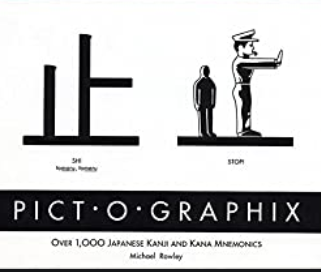
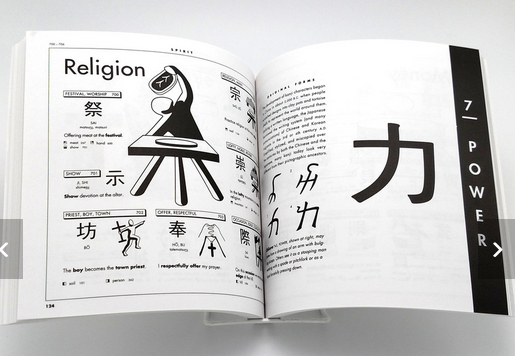
Cheers 
Hey, thanks alot!
Wanikani works great for me so far but I have always wanted to understand the etymology behind certain Kanji and vocab, I’ll look into it!
What’s wrong with Anki? Link to thread?
This one is not really about Japanese per se, but still funny:
I am the only one thinking this guy speaks Japanese as well and on the first image he thinks: “結構です”? xD
I finally got the prove that Toriyama had stolen Dragon Ball. It was too good to be written in modern times. He for sure have found an ancient manuscript and just polished it up.
Let’s have a look:

And here a prove:
勇
A male with the strange hair meaning heroism. Even direction of the hair matches. Coincidence? xD

